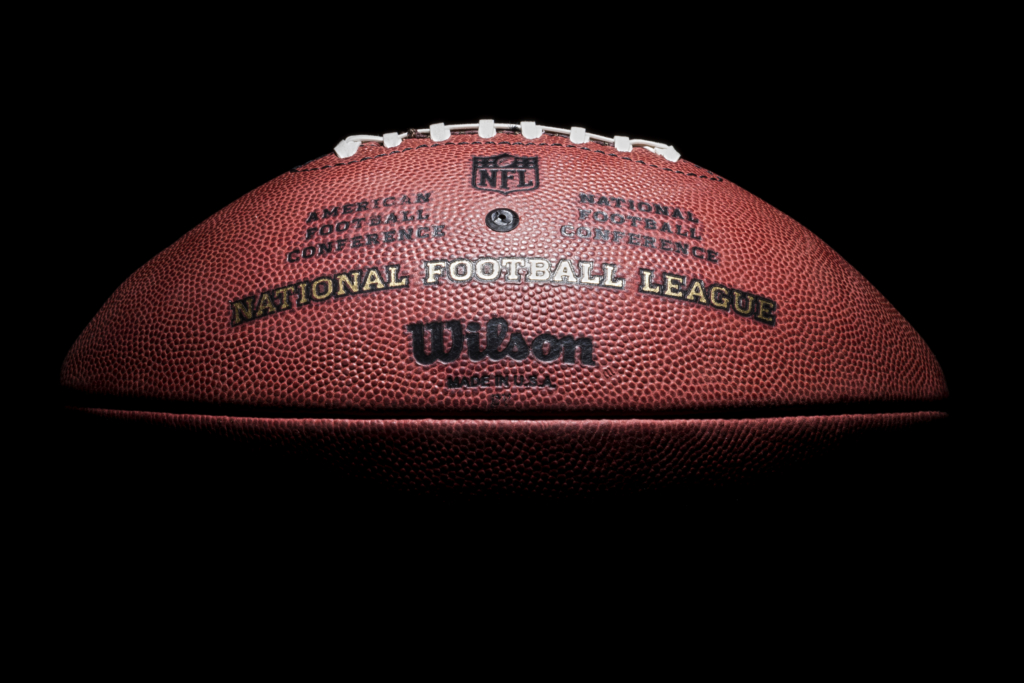A national audience collectively gasped in horror on Monday night as a worst-case scenario occurred as Damar Hamlin made a tackle, promptly popped up on his feet as he has done countless times, and suddenly collapsed due to cardiac arrest.
A tense 48 hours followed as the nation held its collective breath, with initial reports stating only that Hamlin was intubated, unconscious, and in critical condition. Fortunately, Hamlin’s family announced on the morning of Jan. 5 that although he is still in critical condition, he had shown “remarkable improvement,” was awake, and was holding his family’s hands.
This incident is precisely why workers’ compensation laws exist, and why first responders are on the sidelines of major sporting events. As workers’ compensation expert Mark Pew pointed out, the incident also had a traumatic effect on Hamlin’s colleagues, who suddenly realized that they were witnessing a potential nightmare scenario. It was immediately apparent that it would be inappropriate to resume the game for the immediate future, and while it was left unsaid, I think everyone needed some more information on the severity of Hamlin’s injury.

Everyone processes these types of situations differently, and most cannot control how they will react to traumatic situations. Speaking for myself, as a former police beat reporter, I have been to the scenes of many tragic accidents and had to learn to compartmentalize my emotions during an initial emergency. I believe I learned that skill from the many EMTs, firefighters, and police who I met on the police beat.
In my post-reporter life, that skill has proven extremely helpful in all types of unpredictable emergencies that life tends to bring our way. Still, one cannot compartmentalize forever, and that leaves me to deal with the fallout of those emotions later, which is something I have learned to do.
Other people who are not first responders may not have the ability to compartmentalize, and sometimes the emergency is so tragically severe that those techniques become impossible. Thus, whether it’s a tragic school shooting, or a severe injury like Hamlin’s, mental health care can be extremely important to help people learn to cope with their emotional responses to these events. And Hamlin’s injury is helping our nation acknowledge that, as major media outlets like the Wall Street Journal have addressed the impact of Hamlin’s injury on the mental health of his teammates.
EQUIPMENT, OTHER SAFETY IMPROVEMENTS COULD FOLLOW
While the precise cause of Hamlin’s injury is beyond the expertise of your humble blogger and other media types, there was discussion on SirusXM NFL Radio this week about how Monday’s incident could lead to equipment upgrades. Specifically, perhaps there is a way to improve all football players’ pads to prevent similar injuries from happening in the future.
Media outlets like NPR analyzed whether Hamlin experienced commotio cordis. That term, which was largely unknown to the general public prior to Hamlin’s incident, is defined as a sudden impact to the chest causes a heart arrhythmia or cardiac arrest.
Dr. Christopher Madias, director of the New England Cardiac Arrhythmia Center at Tufts Medical Center, described commotio cordis in greater detail in the NPR article.
“It has to be a perfect storm of events where there’s an impact to the chest wall overlying the heart with just enough force, and what’s most critical is the timing,” Madias told Morning Edition on Tuesday. “It happens within a critical period within the cardiac cycle. We’re talking about 20 to 30 milliseconds within the cardiac cycle that the heart is vulnerable to this.”
Therefore, it would follow that if an equipment improvement can prevent that “perfect storm” of events, then maybe Monday’s incident could prevent future arrhythmias or cardiac arrests from happening. If the preventative health qualities of football and baseball helmets could improve significantly over the last few decades, then it follows that similar improvements could be made to players’ pads.
On a similar note, Hamlin’s injury could inform the greater work comp and sports community with how to respond to a similar incidents in the future. NPR reported that commotio cordis most frequently occurs in projectile sports, such as baseball, hockey, and lacrosse, and that the vast majority of cases are young people between the ages of 10 and 18.
Mardias noted that this information has led to some children’s sports leagues evaluating the incorporation of padded chest guards.
CONCLUSION
Looking forward, it’s safe to say that we as a country will be rooting for Hamlin to make a complete recovery. Additionally, we will watch and see if there are additional health and safety improvements that can be made during the time being.
John P. Kamin is a workers’ compensation defense attorney and partner at Bradford & Barthel’s Woodland Hills location, where he heads the firm’s Sports Law Division. Mr. Kamin is the Director of the firm’s Editorial Board. Mr. Kamin previously worked as a journalist, where he reported on work-related injuries in all 50 states. Feel free to contact John at jkamin@bradfordbarthel.com or at (818) 654-0411.
Viewing this website does not form an attorney/client relationship between you and Bradford & Barthel, LLP or any of its attorneys. This website is for informational purposes only and does not contain legal advice. Please do not act or refrain from acting based on anything you read on this site. This document is not a substitute for legal advice and may not address every factual scenario. If you have a legal question, we encourage you to contact your favorite Bradford & Barthel, LLP attorney to discuss the legal issues applicable to your unique case. No website is entirely secure, so please be cautious with information provided through the contact form or email. Do not assume confidentiality exists in anything you send through this website or email, until an attorney/client relationship is formed.


